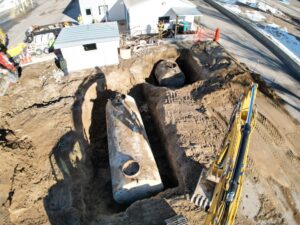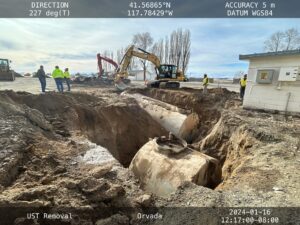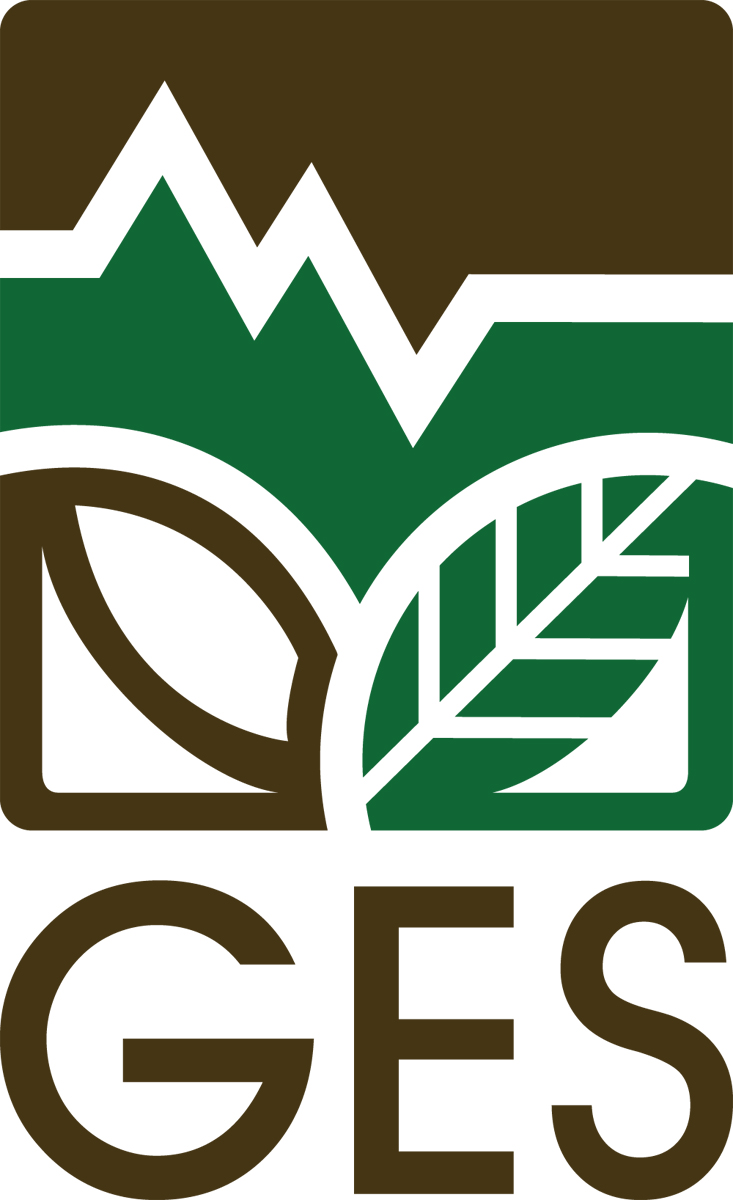The Environmental Protection Agency (EPA) believes there are more than half a million underground storage tanks (USTs) nationwide storing petroleum and other hazardous substances. These tanks are seemingly everywhere, and can be located in both retail and non-retail facilities in nearly every community including current and former service stations and convenience stores, and fleet maintenance stations everywhere.
Why should this concern the average Nevadan?

Because USTs are buried underground, it can be difficult if not impossible to determine if, and to what extent, they are leaking. Left unchecked, even a small amount of petroleum can contaminate groundwater, a source of drinking water for nearly half of America. These releases can lead to significant health risks including the potential for fire and explosions. With the aging of these USTs, coupled with a lack of ability to properly inspect for leaks, many agencies and developers are looking to remove these potential hazards. The trouble is, we don’t know where they all are.
Record keeping fifty and sixty years ago wasn’t what it is today, and tanks were not required to be registered until 1986. While we know where many of these tanks are, it’s not uncommon to stumble upon them in redevelopment areas. While we work with some agencies to remove and replace known USTs, we seemingly discover these tanks regularly, especially in older, downtown areas.
These surprise tanks can bring construction to a quick halt while the situation is evaluated, and the tanks removed. Swift action is required to keep the construction timeline intact, while also ensuring the environment is protected. Removal requires the supervision of a Certified Environmental Manager (CEM) to oversee the proper removal of the tank and to determine the extent of any environmental impacts to the soil and/or groundwater. This impact could be from the improper removal of the UST, or the tank could have been leaking before it was ever discovered, and the impact can only be fully determined once the tank is removed. In Nevada, only a CEM is deemed qualified to determine the extent of the exposure to the environment and how to contain or eliminate that exposure.
While evidence of a leak can be obvious due to soil staining and of the strong odor of petroleum, some spills are not detectable without soil or groundwater samples. When a UST is removed, state required sampling of the soils, and possibly the groundwater, surrounding the tank must take place. Soil samples are collected and sent to accredited laboratories for testing befor

e a complete evaluation is made. Depending upon the extent of the spill, the owner may be required to report the leak to the Nevada Department of Environmental Protection (NDEP).
GES has worked to remove both known and surprise underground tanks throughout the state of Nevada. We monitor the safe removal and determine next steps, often acting as the liaison between the property owner and NDEP.
The monitoring and evaluation of UST removals is only part of the services performed by the GES environmental program and how we keep the E in GES working for all of Nevada.

